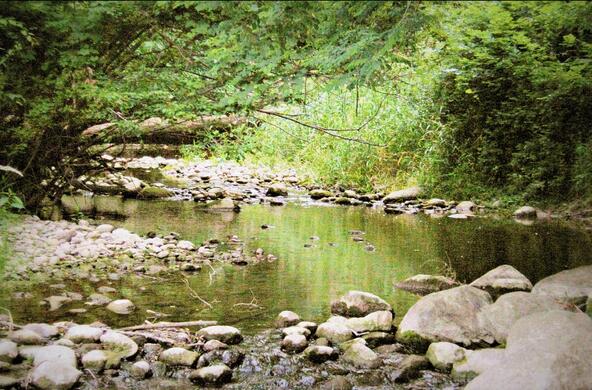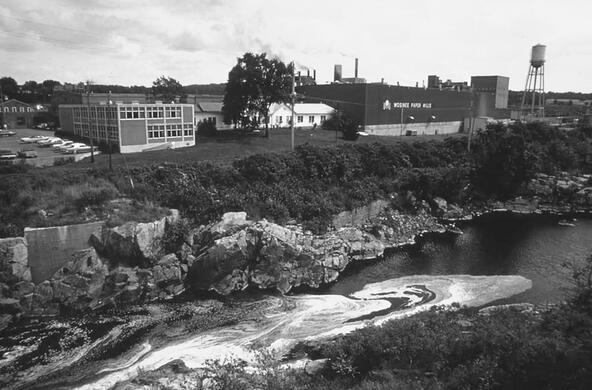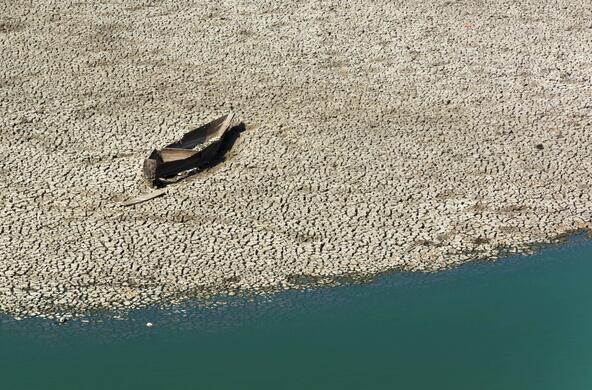I just read that some of the clams (freshwater mussels, technically) in Scandinavian creeks are thought to live for 280 years. This means that animals alive today were around when Johann Sebastian Bach was still playing the organ in Leipzig, mature adults when shots were fired at Lexington, old enough retire (if clams retired like people) when Napoleon’s armies marched across Europe, and more than 125 years old when Lincoln freed the slaves.
Your first reaction on hearing this startling news might be – if only clams could talk, what tales they could tell! Get a grip – these are clams we’re talking about. Listening to a clam reminisce about its 280-year life would be like getting stuck for hours at a family gathering with your dullest uncle, but much, much worse.
Even Doctor Dolittle didn’t talk to the clams.
So let’s consider what we might be able to learn from these venerable animals without having to talk with them. Clams, like trees, lay down annual rings in their shells. Very careful chemists guide a tiny laser across these rings, vaporize minute bits of shell that were laid down during each year of the clam’s life, and collect and analyze the vapors. By measuring traces of different chemical elements and even the isotopes of each element in those vapors, these chemists can learn about conditions in that Scandinavian brook over past centuries.
For instance, the amount of a rare isotope of oxygen (oxygen-18, which makes up just 0.2% of atmospheric oxygen) in the shell tells us the temperature at which the shell was made throughout the clam’s long life. To me, a poor chemist, this seems only slightly less magical than John Dolittle having a conversation with the pushmi-pullyu.
Environmental chemists do this kind of thing all the time to peer back into the Earth’s history, not just for centuries, but for millions and even billions of years. And they can interrogate not just animals, but plants, and rocks, and even ancient air bubbles. If they know the age of an object, clever environmental chemists can almost always figure out some way to use it to tell them about past environmental conditions.
This approach has been especially important in understanding recent climate change. When someone shows a chart of the Earth’s temperature over the last 10 million years, or the carbon dioxide content of the atmosphere since the year 1500, did you ever wonder where that information came from? It’s not like we had weather stations 10 million years ago.
To figure out past temperatures, chemists use the same methods as for the clam shells. Corals, algae, and many other organisms have been making shells and other body parts out of the same carbonate material as clam shells for many millions of years. So chemists can use the oxygen-18 content of these abundant fossils to estimate ocean temperatures far into the past.
But how do we know about the carbon dioxide content of the atmosphere? One way is to analyze tiny air bubbles trapped in ice sheets. Ice sheets too have annual layers. Scientists collect cores from ice sheets, count back through the layers, and carefully sip the air from bubbles trapped in the ice. Then, they measure the carbon dioxide in this thousand-year-old air.
But scientists can learn even more from these environmental archives, by looking at the type as well as the amount of carbon dioxide in these samples. The isotopic content of the carbon gives us a clue to what has caused carbon dioxide in the atmosphere to increase.
As carbon dioxide has been increasing, its proportion of carbon-14 has been dropping. You may remember that carbon-14 is radioactive, produced fresh every day by cosmic-ray bombardment of nitrogen in the atmosphere. It gradually decays away over time, so that only half of the carbon-14 produced today will still be around 5730 years from now. The drop in carbon-14 content of the atmosphere tells us that the carbon dioxide filling up today’s atmosphere comes from something too old to contain much carbon-14.
The amount of carbon-13 in the air also has been dropping. This non-radioactive isotope of carbon makes up about 1% of the carbon in the air. Plants prefer not to use carbon-13, so the decline in carbon-13 tells us that the increasing carbon probably ultimately came from plants.
In other words, the declines in carbon-13 and carbon-14 tell us the recent rise in atmospheric carbon dioxide was caused by the burning of fossil fuels, once contained in plants and now too old to contain any carbon-14.
As this example shows, environmental chemists can learn many secrets from animals (and rocks, and air bubbles, too), without ever having to talk them. Now if only we had some way to deal with your uncle…






